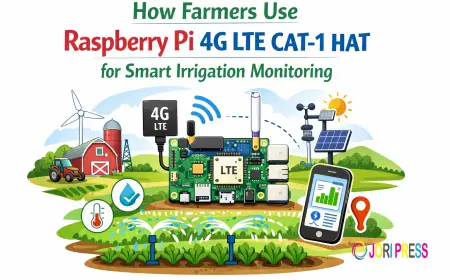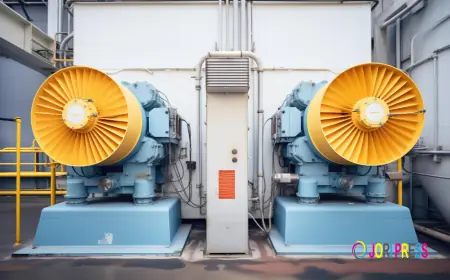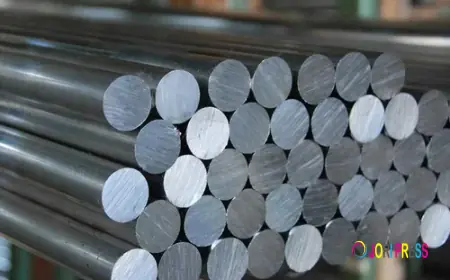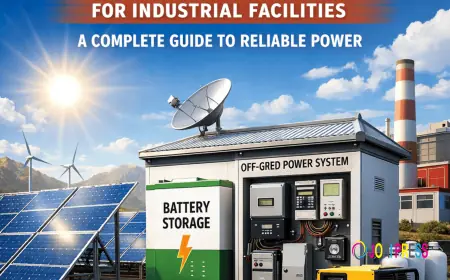The Rise of 4K Broadcast Vans: Benefits and Challenges
Sinoswan’s high-definition mobile production 4K and live streaming vans can be described as a high-quality integration of mobility, technology, and content delivery.
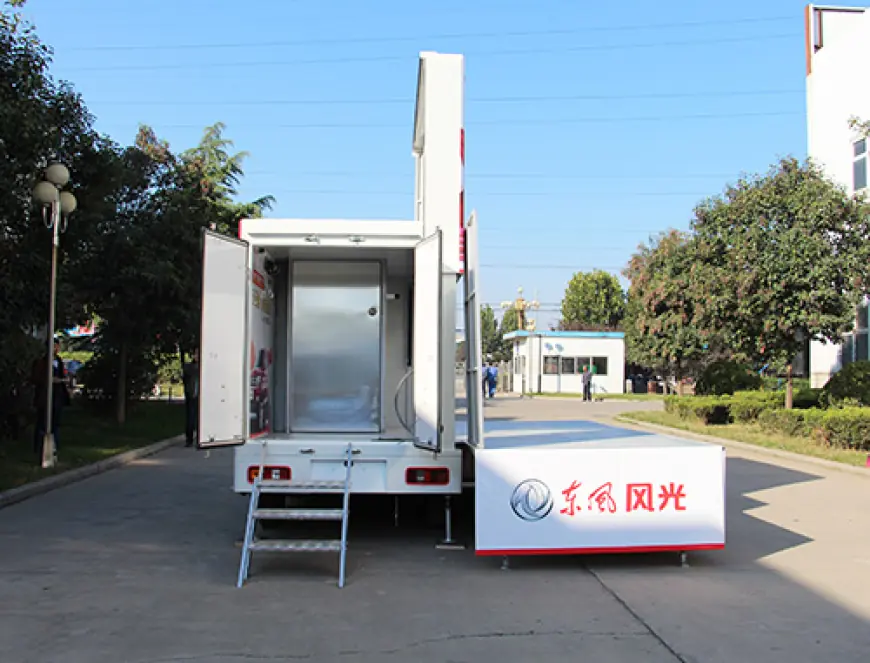
4K broadcast vans and live streaming vans have now become an essential feature in the dynamically growing context of the digital media and delivery processes of live content. As the viewers demand the video format to be imperfectly clear and live to be impeccable, production teams feel the need to provide high-quality content anywhere and at any time. Such mobile transmission systems are changing the way live events, including sports, concerts, news reporting, and corporate events, are covered. On their part, they do so much good, but at the same time involve massive technical and operational difficulties.
What are 4K broadcast and Live Streaming Vans?
A 4K broadcast van is a mobile broadcast television production truck (and its associated audio and video equipment inside) able to cover, convert, and produce programming to broadcast live (filming and audio recording) in high definition (4K/2160p resolution) or Ultra-high definition (UHD), or in any other available broadcast resolution. Television and production companies and media that require visual quality to film at live events often use these vans.
Advantages of 4K Broadcast and Live Streaming Vans
1. UHD Video Quality
Among the most persuasive merits is the capability to give 4K sharpness. It can be a high-profile Cricket game or an event with the red carpet, the detail and the depth of 4K bring an excellent viewing experience. Increasingly detailed images, vivid colors, and clearer textures can be captured, and since content is future-proofed to UHD platforms and devices, broadcasters can ensure future content viewing.
2. On-the-Go coverage and Mobility
Television trucks do away with the constraints of stationary studios. Such mobile units can be launched immediately wherever needed in a stadium of a metropolitan city or in a music festival in a far-off valley. Portability is vital in breaking news coverage, political rallies, outdoor sports, and disaster news.
3. Combined Multi-camera and Editing Installations
Contemporary 4K broadcast vans are equipped with built-in multi-cameras, switchers, on-real-time editing desk, and communication desks. This enables the production teams to be able to record, edit, and broadcast live without the necessity to go back to a studio.
Key Challenges in Deploying 4K and Live Streaming Vans
1. The needs of high bandwidth options.
Real-time delivery of 4K video requires huge bandwidth, particularly during delivery via IP. Even at compression standards such as HEVC (H.265), internet speed and stability may be a bottleneck, especially in rural or congested urban localities. Zero latency and avoiding buffering in such laws are central challenges.
2. High Investment in Infra-Structural Works
Fitting a live streaming van with 4K ready cameras and switchers, encoders, monitors, and satellite uplinks is are expensive capital investment. In addition, it has to be upgraded regularly so that it keeps pace with novel formats, protocols, and streaming technologies.
3. Remote locations Power Management
Another key issue in outdoor shoots or grid weak connectivity is the problem of power maintenance. To improve the operation, Vans need to be equipped with high-power inverters, reserve batteries, and even diesel generators, which add weight, expense, and maintenance.
Innovations and future trends
There is a fast pace of innovation in the broadcast van ecosystem. Mobile broadcasting is fast becoming faster and stable with the incorporation of 5G. In the coming years, video editing made available via AI, remote production enabled by clouds, and edge computing will further eliminate large crews and on-site equipment requirements.
There is also an increase in the use of robotic PTZ cameras, integration of drone footage, and real-time analytics. In the short term, we might observe smaller-sized broadcast vans that can be run by smaller crews but do produce high-quality 8K or VR content.
Final Thoughts
Sinoswan’s high-definition mobile production 4K and live streaming vans can be described as a high-quality integration of mobility, technology, and content delivery. They enable media teams to deliver quality images and immersive experiences to their audiences in a convenient way- no matter where they are.
The high cost of initial investment, technical complexities, and bandwidth are the challenges, but in the content-centric environment, the advantages in the form of reach, quality, and flexibility make 4K broadcast vans virtually essential in the modern day.
Contact Details:
-
Website: Sinoswan
-
Email: [email protected]
-
Tel: +8618538129701
-
WhatsApp Business: +8618838950310
-
WhatsApp: +8618637178390
-
WeChat: +86 18538129701
-
YouTube: Sinoswan on YouTube
-
Visit : Alibaba
What's Your Reaction?
 Like
0
Like
0
 Dislike
0
Dislike
0
 Love
0
Love
0
 Funny
0
Funny
0
 Angry
0
Angry
0
 Sad
0
Sad
0
 Wow
0
Wow
0

